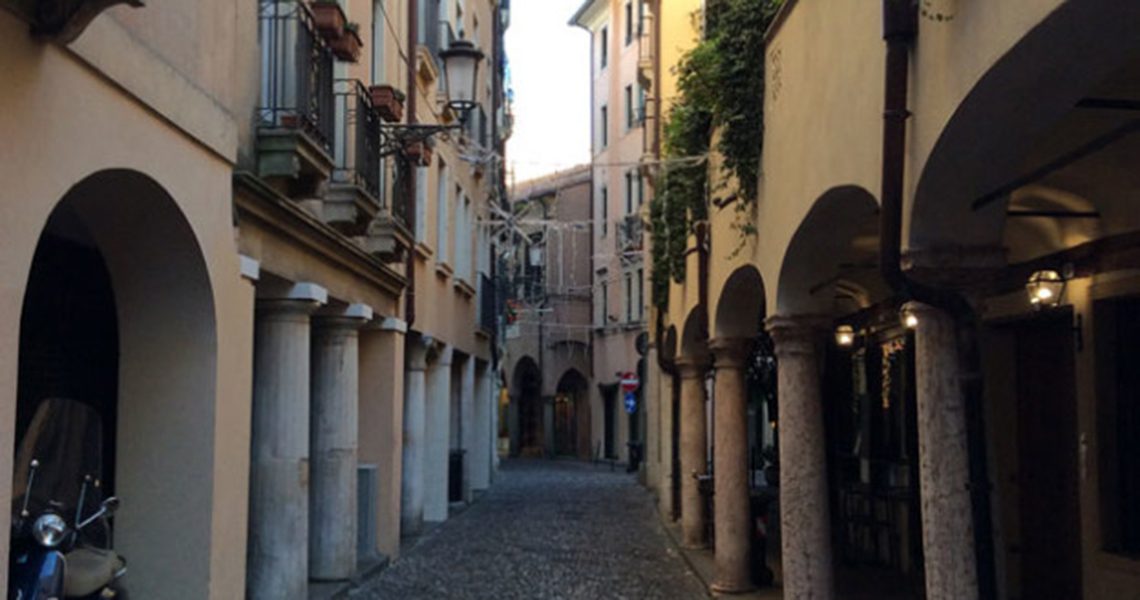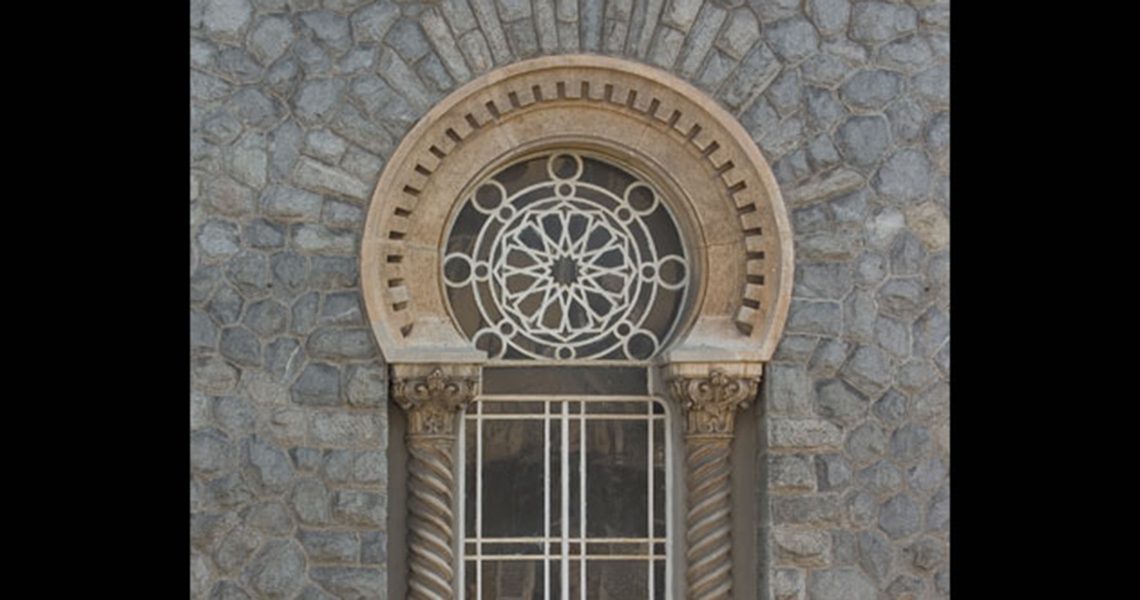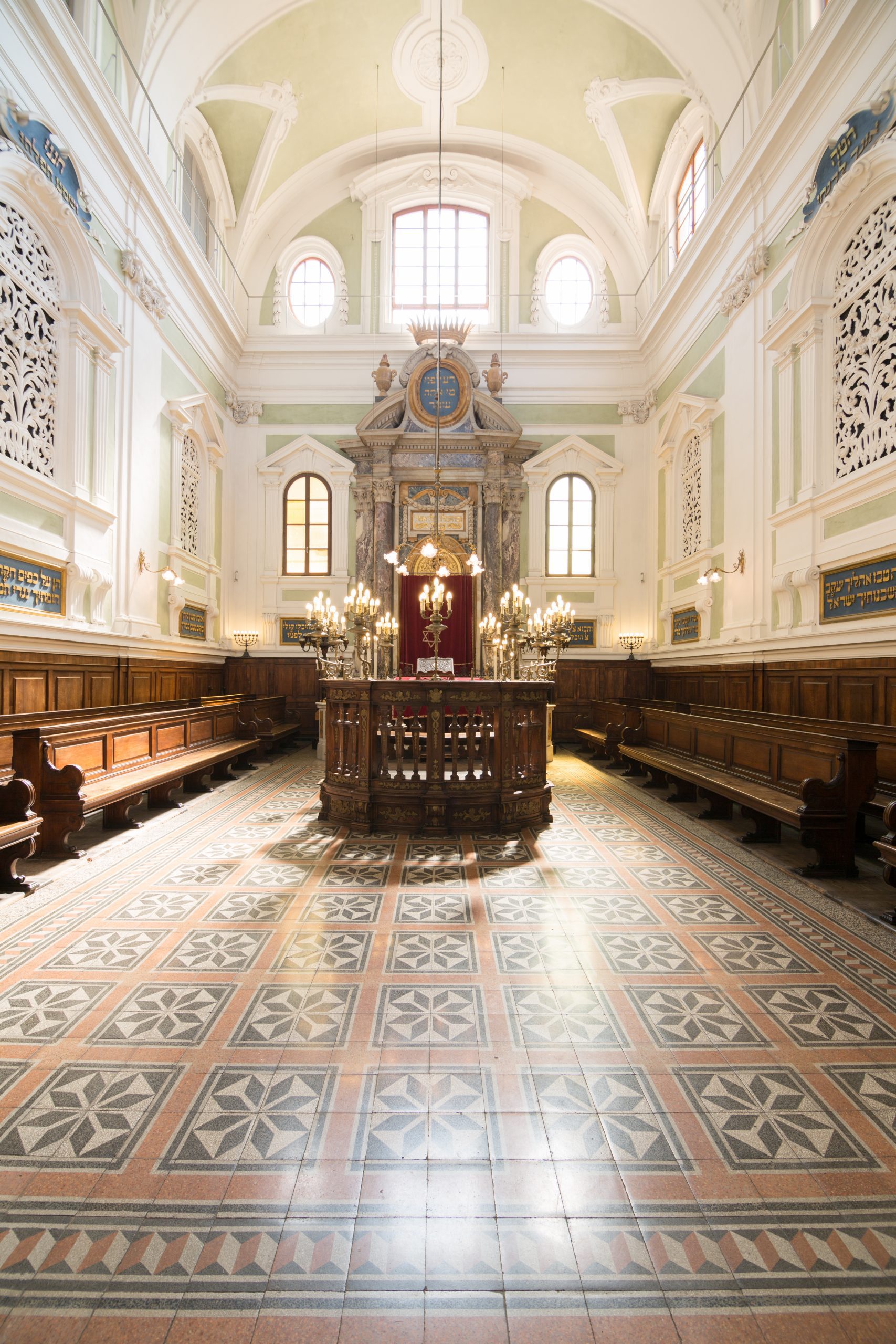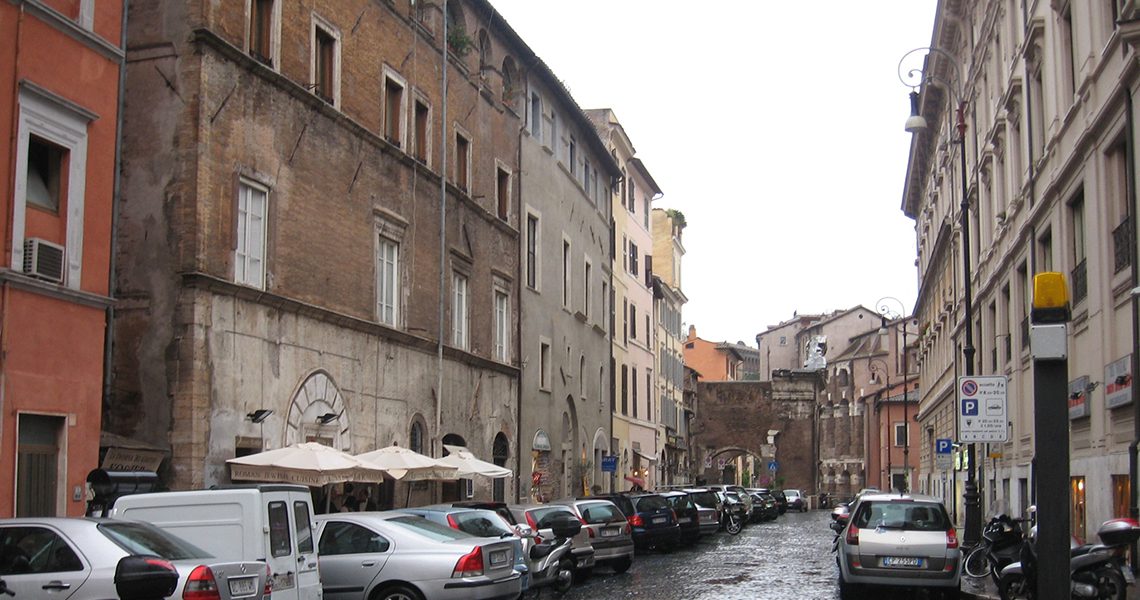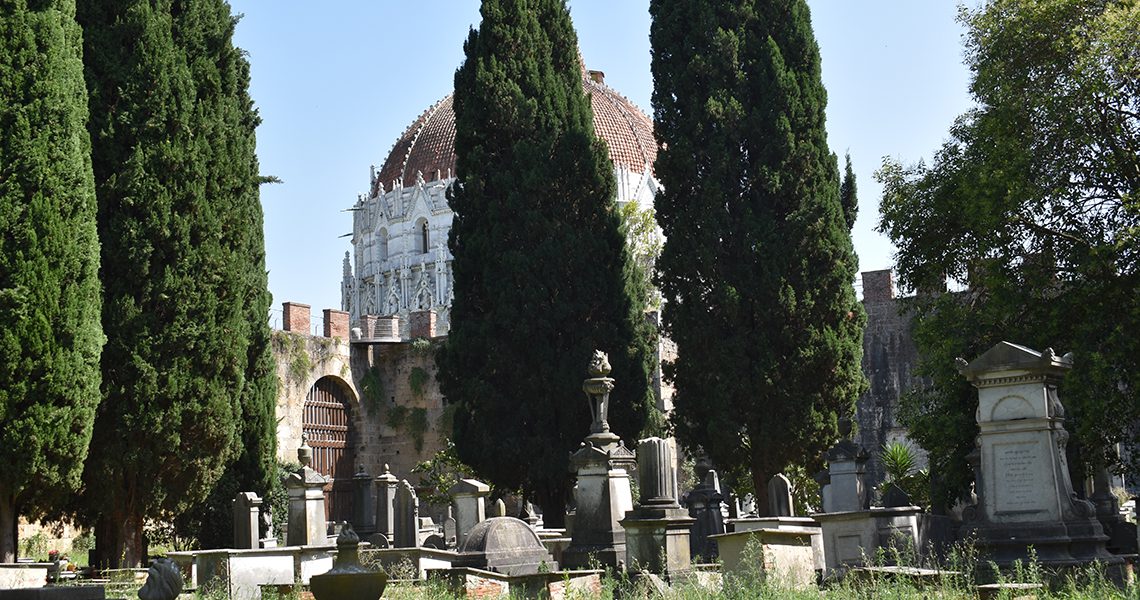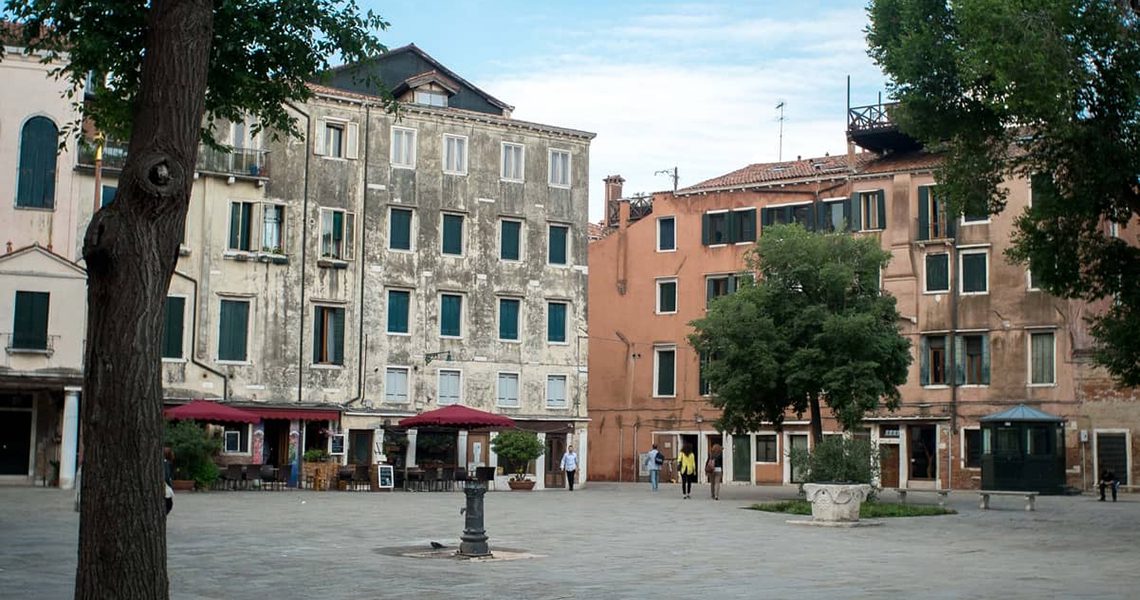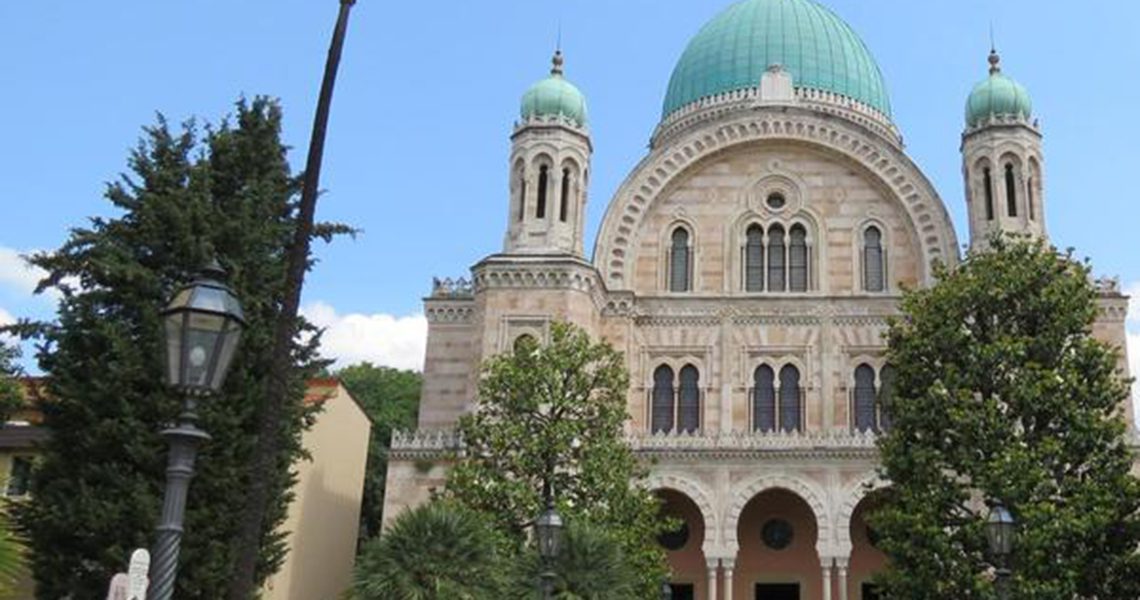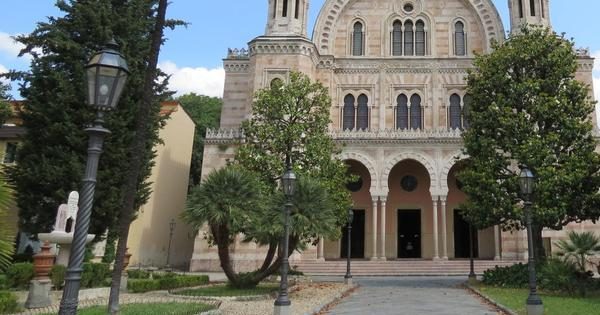Jewish Heritage Route Italy – Padua
Padua introduction
Virgil recounts how ‘Patavium’ was found by Troian Antenor, while Titus Livy tells of the city withstanding an attack by the Spartian Cleonimus. Whatever the truth behind the myths, they are clear evidence of the importance of Padua during the Roman period. The to-days’s hub of the city with the main public buildings consists of four central squares: the adjacent Piazza delle Erbe, Piazza della Frutta and Piazza dei Signori, and the nearby Piazza del Duomo. The most famous of public building in Piazza delle Erbe is the Palazzo della Ragione (also known simply as Il Salone), constructed in the 13th century to house the Commune’s law courts, although the present loggias and ship’s keel roof are 14th century.
The first record of a Jewish presence in Padua dates back to the beginning of the 11th century.
The city of Padua tells the history of an important and ancient Jewish Community which can be discovered through the areas of the ancient Jewish quarter, the Italian synagogue (still in use), the museum built inside another synagogue destroyed in 1943, and the many evocative cemeteries surrounding Padua’s Old Town.
The Jewish cemeteries in the city make a special important itinerary: there were seven in all. One of the most important is the first at San Leonardo and dates from before 1384. Among the tombs is that of the famous rabbi Meir Katzenellenbogen (1482-1565), known as Maharam of Padua. His tomb still attracts pilgrims from all over the world, especially Eastern Europe. A second one was established in Via Codalonga in 1450. It is known as the Prato degli Ebrei (Jewish Field).
It was the burial place of Isaak ben Jeuda Abrabanel (1437-1508), Minister of Finance to Alfonso V of Portugal and then to King Ferdinand II the Catholic. The other old cemeteries were the so-called Santa Maria Materdomini burial area (from 1529 to the end of the 17th century), the two cemeteries in via Zodio and the 19th century cemetery in the former Via Orti, now via del Campagnola. The present-day cemetery at Via Sorio was established in 1864.

